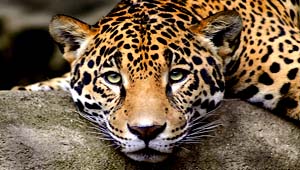- Home
- Wildlife Nepal
- SagarrmathaNational Park
SAGARMATHA NATIONAL PARK AREA (1.148 SQ. KMS.
 |
Location:
Sagarmatha National Park is located to the north-east of Kathmandu in the Khumbu, region of Nepal. The park includes the highest peak in the world, Mt. Sagarmatha (Everest), and several other well-known peaks such as Lhotse, Nuptse, Cho Oyu, Pumori, Ama Dablam, Thamserku, Kwangde, Kangtaiga and Gyachung Kang. The park was added to the list of World Heritage Sites in 1979.
Features:
TThe mountains of Sagarmatha National Park are geologically young and broken up by deep gorges and-glacial valleys. Vegetation includes pine and hemlock forests at lower altitudes, fir, juniper, birch and rhododendron woods, scrub and alpine plant communities, and bare rock and snow. The famed bloom of rhododendrons occurs during spring (April and May) although other flora is most colorful during. the monsoon season (June to August).
Wild animals most likely to be seen in the park are the Himalayan tahr, goral, serow and musk deer. The snow leopard and Himalayan black bear are present but rarely sighted. Other mammals rarely seen are the weasel, marten, Himalayan mouse hare (pika), jackal and langur monkey.
The park is populated by approximately 3,000 of the famed Sherpa people whose lives are interwoven with the : teachings of Buddhism. The main settlements are Namche Bazar, Khumjung, Khunde, Thame, Thyangboche, Pangboche and Phortse. The economy of the Khumbu Sherpa community has traditionally been heavily based on trade and livestock herding. But with the coming of international mountaineering expeditions since 1950 and the influx of foreign trekkers, the Sherpa economy today is becoming increasingly dependent on tourism.